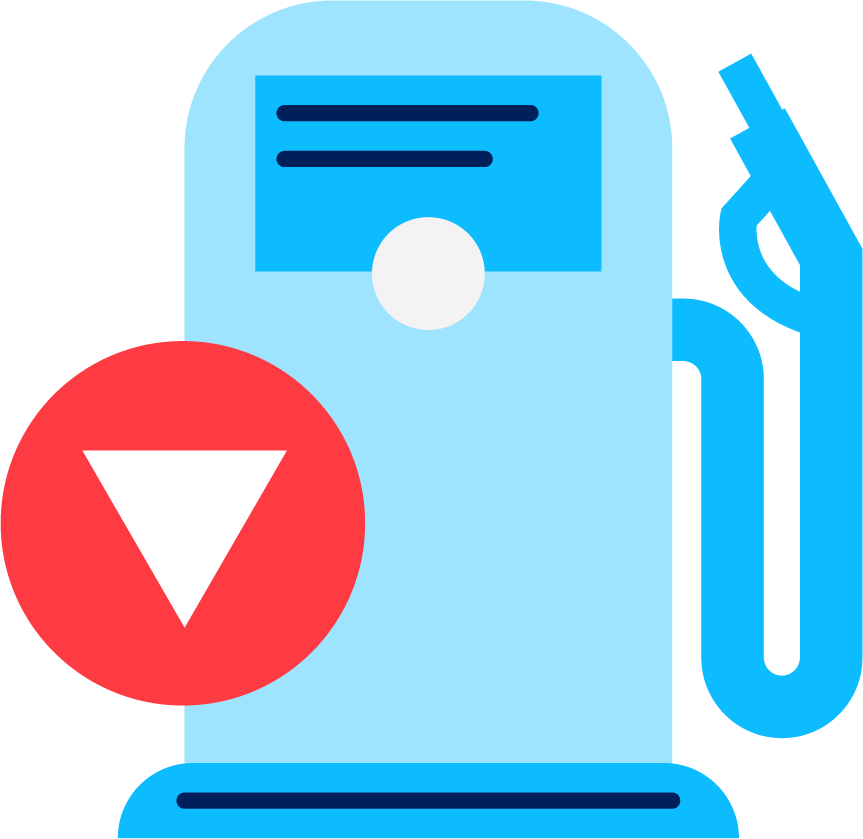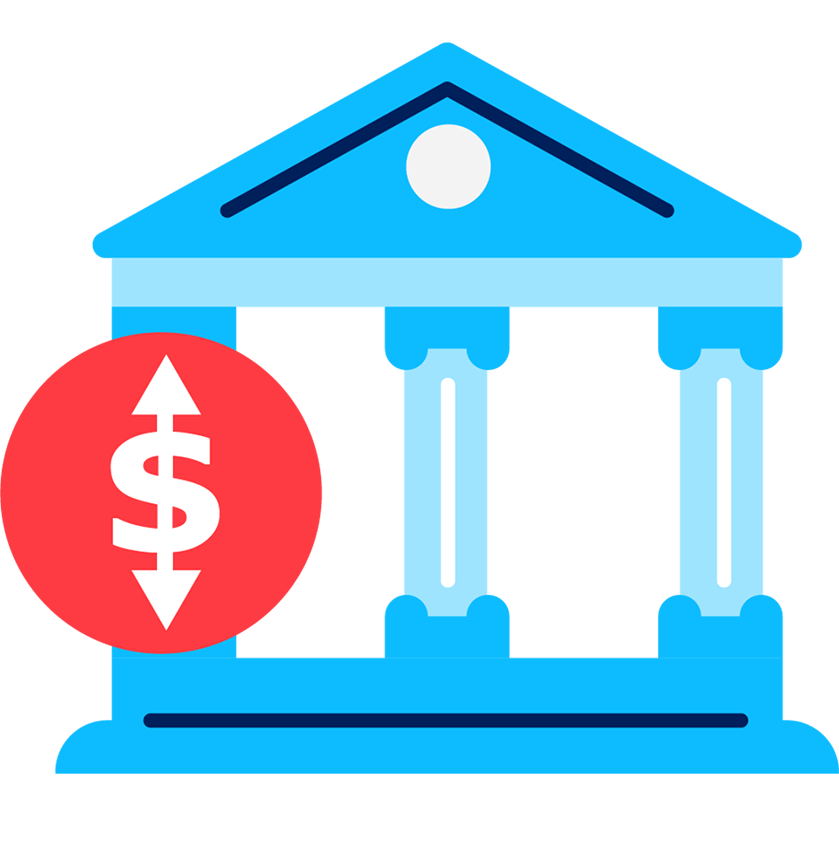PennDOT Pathways Online Engagement
This page is best viewed in Chrome, Edge or Firefox.
Online Engagement Platform
This online engagement platform will be available for you to view and provide comments through December 17, 2020.
Welcome to our online engagement platform for the PennDOT Pathways Program.
We've launched this program to identify ways to provide dedicated funding for our highways and bridges. Our investment needs are outgrowing our current funding, and this gap gets worse every year.
As part of the Pathways Program, we are initiating a Planning and Environmental Linkages (PEL) Study through which we'll analyze new future-focused sources of funding for our highways and bridges that could better serve our communities and all Pennsylvanians for the next generation.
While we work on assessing potential funding solutions through the PEL Study, we want to hear from you! Scroll down to review the content on this page and watch the videos in each section to learn more about the Pathways Program and the PEL Study. At any point, you can click the "Comment Now!" button to share your thoughts. At the end of the page, you'll also find a comment form.
Funding 101
Our current highway and bridge budget is about $6.9 billion per year. Although that's a lot of money, it's less than half of the $15 billion we truly need to maintain our highways and bridges in a state of good repair and address major bottlenecks on our system. We have an enormous highway and bridge network — nearly 40,000 miles of roadway and over 25,000 bridges — to maintain and improve. Today, our annual funding gap for highways and bridges is $8.1 billion, and it grows every year.
PennDOT Highway & Bridge Revenue Sources
| Approximate FY18-19 funding sources |
State |
Federal |
Total |
| Gas Tax |
53% |
21% |
74% |
| License and Fees |
13% |
— |
13% |
| Sales and/or Use Tax |
— |
4% |
4% |
| General Fund, Bonds, Interest |
1% |
8% |
9% |
| TOTAL |
67% |
33% |
100% |
Where does our current annual budget — $6.9 billion — come from?
State Sources: Gas Tax, License and Fees, General Fund, Bonds, and Interest.
Federal Sources: Nationwide Gas Tax, Sales and Use Tax, General Fund, Bonds, and Interest.
Why isn't this enough funding?

Lower Revenue from Gas Tax
More fuel-efficient vehicles means we're collecting less revenue from our gas taxes. And COVID-19 has impacted many of our travel habits, further decreasing the revenue we get from the gas tax.

Inflation & Federal Gas Tax
The federal gas tax does not account for inflation and hasn't been increased since 1993. A dollar doesn't buy as much concrete and asphalt as it used to.

Unpredictable Federal Funding
Our federal funding is unpredictable and at risk of being decreased.
Potential Funding Options
The funding gap is growing, and it's time to act! We are beginning to explore alternative funding strategies that will allow us to maintain a state of good repair on our highways and bridges. Click through the icons below to learn about some of the potential solutions we're studying:
Some of these potential funding strategies might work better in certain scenarios and locations than others. It's important that as we study funding options, we consider how different strategies could work together as both near- and long-term solutions.
PennDOT Pathways — Planning and Environmental Linkages (PEL) Study
Now that we have identified some of the potential funding options that we need to analyze, how do we figure out what works best for Pennsylvania?
The PennDOT Pathways Program begins with a Planning and Environmental Linkages, or PEL, Study. The PEL study will evaluate potential funding options and analyze which options likely work best for various situations, as well as which options would provide the best near- and long-term solutions.
There are several steps to the study:
- Establish the purpose of the study
- Identify potential near- and long-term solutions
- Evaluate and advance appropriate funding solutions
- Recommend funding solutions and identify how and when they would be implemented
- Design a framework for implementing the recommended funding solutions
What questions do we ask when analyzing a potential funding solution?
- What are the benefits of this funding solution?
- Are there any negative impacts of this funding solution?
- What are the effects of this funding solution on low-income and minority populations?
- Does the funding solution consider our infrastructure requirements?
When assessing long-term solutions, we also ask:
- What approvals or authorizations will the funding solution require?
- How long will it take to put the funding solution into practice?
Potential Public-Private Partnership (P3) Project Delivery
As shown above, one of the potential funding options that could be a useful tool, particularly to address the immediate needs of our state's major interstate and expressway bridges, is the implementation of user fees. On November 12, 2020, PennDOT received the Pennsylvania P3 board's approval of the Major Bridge P3 Initiative, which allows the use of the P3 delivery model for bridges in need of replacement or rehabilitation, and to consider tolls at these locations. While the tolling option still needs to be fully evaluated through the PEL, PennDOT now has the opportunity to leverage private investment to rebuild critical bridges during a period with historically low interest rates and a favorable labor market. If this option is pursued, it will provide a dedicated source of revenue for these infrastructure improvements and could create significant savings over the life of the program while ensuring the vitality of the state's transportation system and economy.